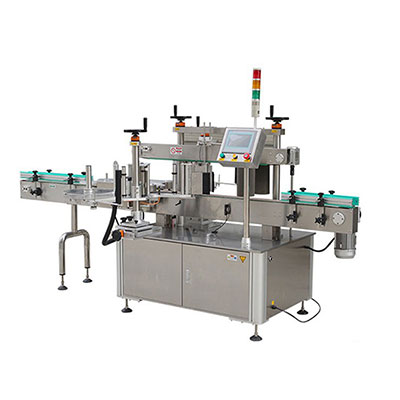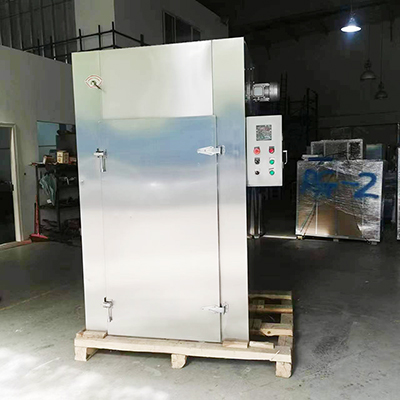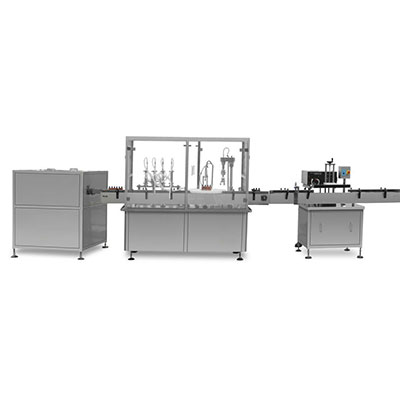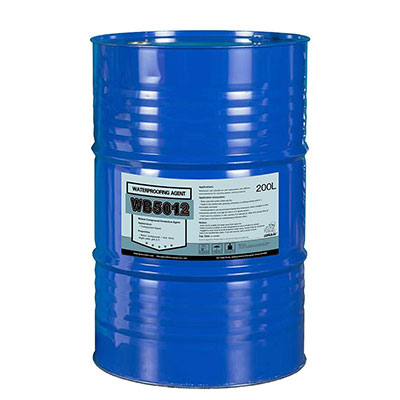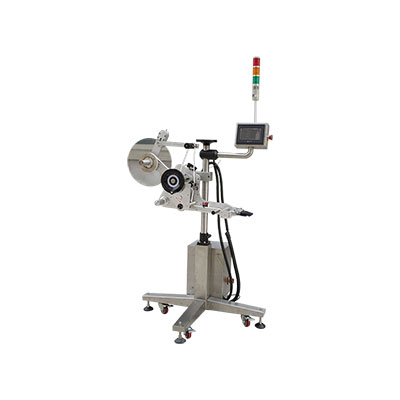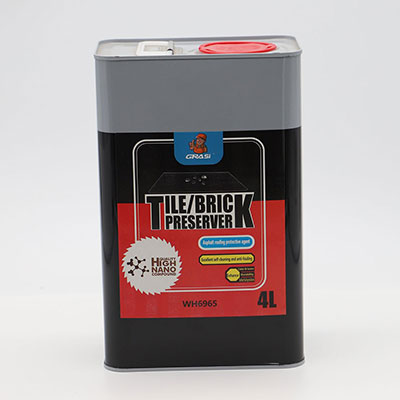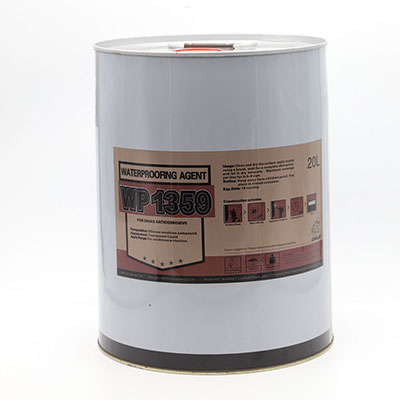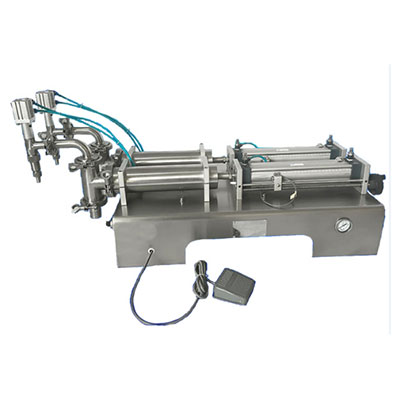Integrated Power Conversion System (PCS) based on 50kW Module
The bidirectional converter can achieve the electrical conversion between DC and AC. It can convert AC into DC to charge the battery and convert DC into AC to power loads or back feed the grid. The power conversion system features advanced digital control technology that helps to enhance a stable operation of the PCS system. It can switch among grid-connected discharging, grid-connected charging and off-grid operation modes. The power conversion system has a wide range of DC currency input; therefore it can meet the charging and discharging needs of different battery combinations. The PCS system is characterized by modular design in terms of structure and power, which allows flexible battery pack connections for the same power output. All of these designs greatly prolong the service life of batteries.
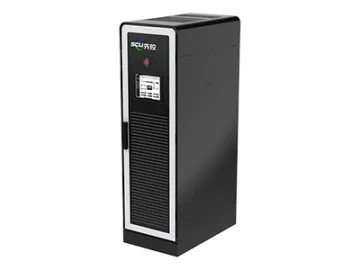
Bidirectional AC / DC converter can convert DC into AC and AC into DC. In addition, it can convert AC to DC to charge battery, and convert DC to AC to provide power to loads or back feed grids.
Static Transfer SwitchAutomatic static transfer switch could be shifted within 10ms. Under normal operating conditions, the static switch is on. When mains power fails, the static switch would turn off immediately and the battery system thus shifts to off-grid modes to power loads.
Monitoring SystemThe power conversion system monitors the status of each battery cell and records the historical performance of those cells.
Topology System Features Multiple modes: grid-connected, off-grid, or on and off-grid modes are available. Three-level control technology ensures high-quality output of electricity. The power converter system supports communications including RS485, CAN, Ethernet. Functions of low voltage: the micro-grid system composed of battery, energy storage inverter, PV solar panel could provide uninterruptible power supply. 100% unbalanced load capacity in off-grid operation. Continuous 105% rated output power. Many power storage inverters can be connected in paralleled way to increase capacity of battery system. AC or DC input is acceptable to keep the normal operation of battery system.Modular design allows the flexible combination of power conversion system (PCS). Specification
| Model | EPCS50 | EPCS100 | EPCS150 | EPCS200 | EPCS250 | |
| DC parameter | Voltage range | DC580V~DC900V | DC580V~DC900V | |||
| DC channel | 1 | 2 | 3 | 4 | 5 | |
| Single channel nominal currency | 85A | |||||
| AC gridconnected parameters | Output | 3W N PE/3W PE | ||||
| Nominal power | 50KW | 100KW | 150KW | 200KW | 250KW | |
| Nominal voltage | AC 380V/400V | |||||
| Nominal Current | 75A | 151A | 227A | 303A | 379A | |
| Voltage range | -15%~ 10% | |||||
| Nominal frequency | 50Hz/60Hz | |||||
| Frequency range | ±2Hz | |||||
| Power factor | -0.9~ 0.9 | |||||
| Output harmonics | ≤3% | |||||
| Charge- discharge transition time | ||||||
| AC off-grid parameters | Output | 3W N PE/3W PE | ||||
| Nominal power | 50KW | 100KW | 150KW | 200KW | 250KW | |
| Nominal voltage | AC 380V/400V | |||||
| Nominal frequency | 50Hz/60Hz | |||||
| Rated current | 75A | 151A | 227A | 303A | 379A | |
| Voltage accuracy | 1% | |||||
| Frequency accuracy | ±0.2Hz | |||||
| Output voltage harmonics | ||||||
| Unbalanced load capacity | 100% | |||||
| Overload capacity | 105%]: continuous operation; (105% ~ 120%]: 10min; 120%): stop operation | |||||
| Operating conditions | Operating temperature | -20℃~ 55℃(>45℃ derating) | ||||
| Storage temperature | -40℃~ 70℃(No batteries) | |||||
| Optimal humidity | 0% RH ~ 95% RH,No condensing | |||||
| Operating altitude | ||||||
| Noise | <75dB | |||||
| Others | Communication | CAN/RS485 | ||||
| Isolation | isolation tranformer | |||||
| Water/Dust resistance rating (IP) | IP20 | |||||
| Cooling | air conditioning | |||||
| Maximum efficiency | 97.50% | |||||
| Dimension W*D*H | 600*1000*2000 | 1200*1000*2000 | ||||
| Weight | 300kg | 330kg | 500kg | 530kg | 560kg | |
Links:https://globefindpro.com/products/2008.html
-
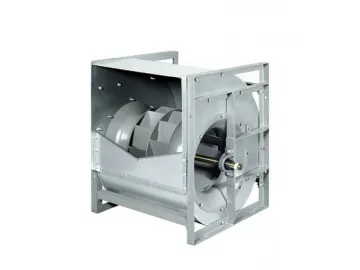 Belt Driven Centrifugal Fan (Backward Curved Blades, Double Inlet), SYQ Series
Belt Driven Centrifugal Fan (Backward Curved Blades, Double Inlet), SYQ Series
-
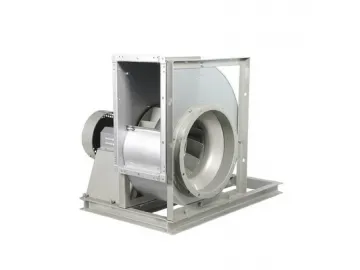 Belt Driven Centrifugal Blower (Backward Curved Blades, Single Inlet), SYQS Series
Belt Driven Centrifugal Blower (Backward Curved Blades, Single Inlet), SYQS Series
-
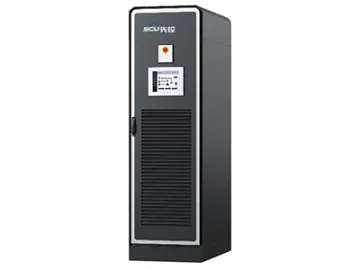 Integrated Power Conversion System (PCS) with Wide Voltage Range
Integrated Power Conversion System (PCS) with Wide Voltage Range
-
 6x4 BEV Mining Tipper
6x4 BEV Mining Tipper
-
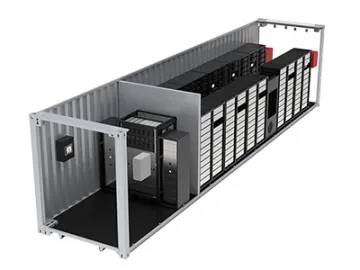 Containerized Energy Storage System
Containerized Energy Storage System
-
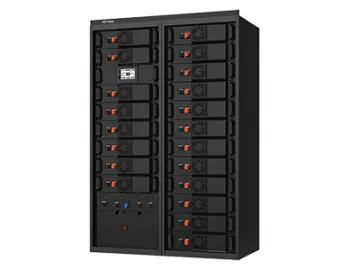 High Voltage Lithium Battery
High Voltage Lithium Battery
-
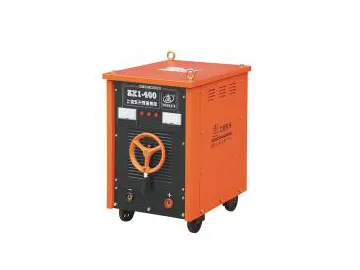 DC MMA Welder with Iron Core
DC MMA Welder with Iron Core
-
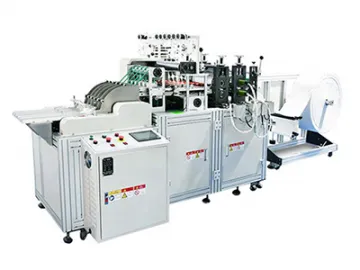 Round Makeup Remover Pad Machine, PPD-NRPM500
Round Makeup Remover Pad Machine, PPD-NRPM500
-
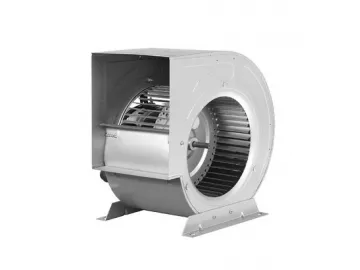 Direct Driven Centrifugal Blower (Forward Curved Blades, Double Inlet), SYZ Series
Direct Driven Centrifugal Blower (Forward Curved Blades, Double Inlet), SYZ Series
-
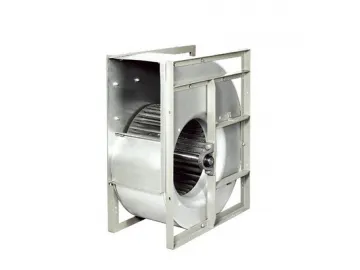 Belt Driven Centrifugal Fan (Forward Curved Blades, Single Inlet), SYDS Series
Belt Driven Centrifugal Fan (Forward Curved Blades, Single Inlet), SYDS Series
-
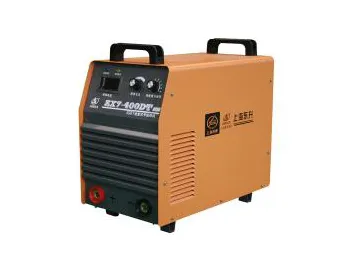 Dual Voltage MMA Welder
Dual Voltage MMA Welder
-
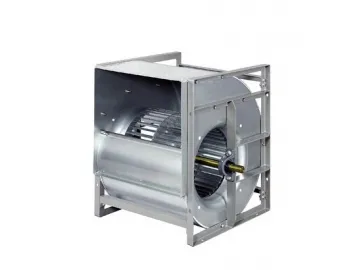 Belt Driven Centrifugal Fan (Forward Curved Blades, Dual Inlet), SYD Series
Belt Driven Centrifugal Fan (Forward Curved Blades, Dual Inlet), SYD Series
